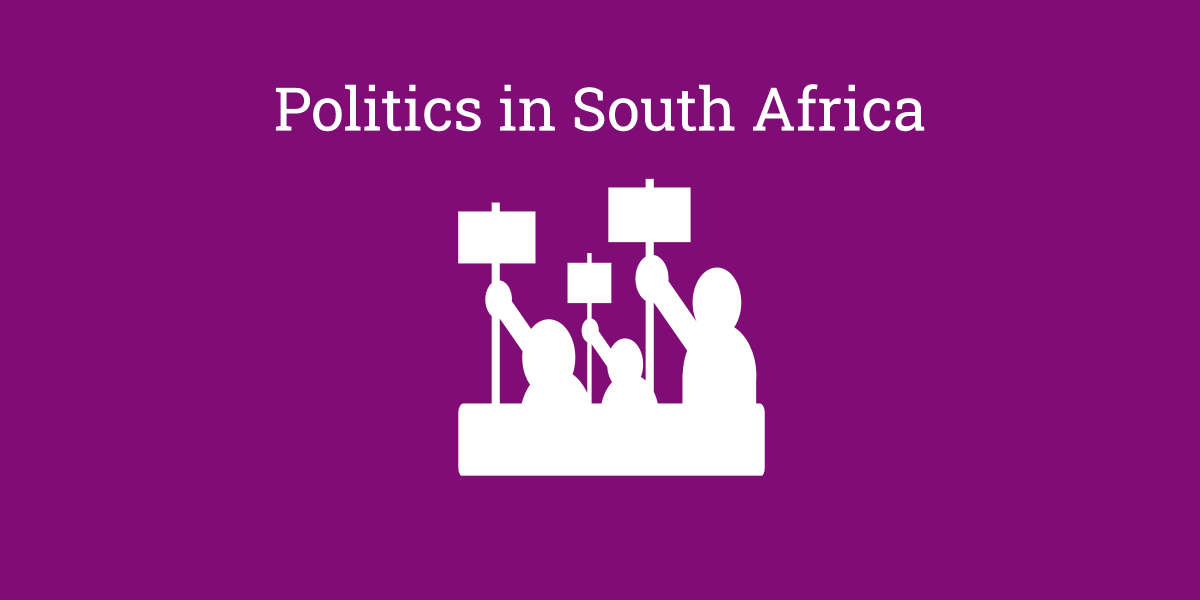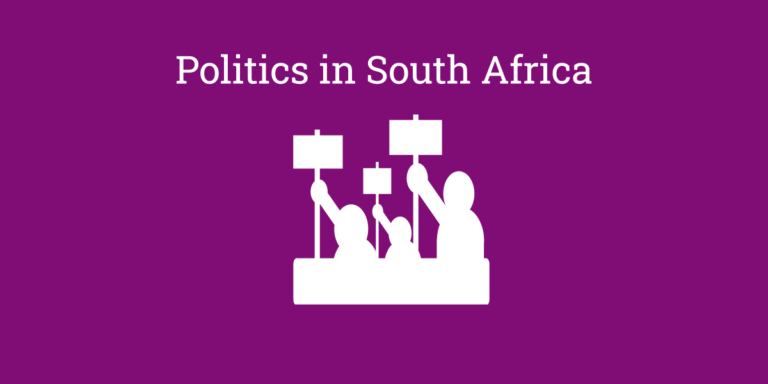The Presidency has a new website, let us call it Presidency 2.0. As I visited the site after Minister Manuel had announced the details of the government’s plan till 2014. Officially, it is called the Medium Term Strategic Framework (MTSF). The website and the strategic framework share a surprising usability, because usually government’s information is inaccessible.
I clicked on the section called “Presidency Kids,” but the site took so long to download. I instead downloaded the MTSF and a report on the state of South Africa’s children.
Downloading the two reports in tandem, one has to make the connection. What does the MTSF say about children? There are programmes to improve safety and providing supporting environments at schools, but little in terms of policy to protect children at home.
Moreover, there are strategies focussed on early childhood development, improving schooling and in other areas. So at least at a formal level, evidence is informing policy. For instance, it should tug not only our heartstrings, but also our tax strings that 68% of children live in households that earn less than R1,200 and that one million children engage in child labour.
One wonders whether the interventions planned by government in its strategic framework would ensure that children born into poor households become poor adults. Or to put it differently, are the effects of history still in charge of the destinies of these children?
And, will their futures be constrained by only following one path, which is a continuation of poverty? These are difficult and important questions, which require us collectively to think and act.
Cynically, we may dismiss the Presidency 2.0 as nothing more than a glossy web design and an accessible plan. Yet, in a different context, that would be a start-up. Analysts however would rightly remind us that there are continuities with Presidency 1.0, especially that policy choices are not nearly as creative and expansive as they should be to break structural poverty.
Moreover, 2.0 usually means that it is better than 1.0. Jacob Zuma is as yet untested, and it is not possible to determine whether he will be better than Thabo Mbeki. (The only certainty is that Nelson Mandela and the other founders of our nation cannot be compared to either 1.0 or 2.0, they sit on a different level, but not immune from criticism).
More to the point, Jacob Zuma’s rise to power has polarised our society, perhaps simply because as a young democracy we still need to learn how to respond to political tumult.
Web 2.0 as a concept and hyped up phenomenon, however implies a more interactive approach with power being in the hands of users. Governance 2.0 could imply something along these lines, with governments focussed on creating power in communities and with development being in the hands of citizens.
The conditions under which it might work are compelling, and can be reached through a range of ideological, religious, or political frameworks or lenses. Sadly, this is not a transcendental question, as any viewer of primetime news will attest.
The spat of protests in communities and evidence of more xenophobic violence send a message. In interpreting this message, we may decide that government should not give in to popular pressures and argue that with time, service delivery will be extended to all.
Differently, we may interpret the message as suggestive of opening the democratic spaces not controlled by government and welcome it as the deepening of democracy.
Or alternatively, we may understand the service delivery protest as an outcome of inequality and argue for feasible redistribution.
Or as government seems to do, argue for more to be done, more urgently – ‘faster change’. However, which reading of the service delivery protests will frame the responses from government? Hopefully, the protestors themselves can provide the meaning themselves.
With a complex set of issues at play, the intrigue around who is actually in charge is perhaps predictable. All of us are understandably curious to know who wields what power, especially after the political tumult over the last year. Again, we want to know this for a multiplicity of reasons.
The activist might want to know who would be an influential person to raise a policy proposal with, whilst knowing which fraction of capital is in which camp is sometimes a determining factor in BEE deals. For communities, does the change in President’s accelerate demands for services?
There needs to be at least a level of uncertainty in answering that question because ‘service delivery’ protests have been with us for at least the last five years, and thus possibly reflects something more fundamental at play.
And then of course, many of us simply enjoy or cringe at the unfolding drama, which for all its silliness reinforces or challenges our perspective of a slide to Zimbabwe or as evidence of a maturing democracy. However, this debate is framing the ‘policy debates’ in ways that place us in a corner not focussing on big questions.
So who is in charge? Take your pick, from the first draft. The candidates include the (sensible/short-sighted) planning minister, the (strategic/reckless) secretary general of the ANC, the (brave/foolish) leader of the workers or perhaps even the President (1.0/2.0).
Guess what? Whoever you choose, you could be right.
Hopefully by design the governance structure has been set up deliberately to generate a set of conflicts and generate solutions both in government and within the ruling alliance. The conflicts are inevitable and the current configurations are better suited to political management.
Yet, even the biggest most powerful political party is minuscule when confronted with the fact when it comes to opportunities for South Africans, it is our history that remains still largely in charge. The leadership challenge is consequently about how one moves from the current jostling over space and position in our society, towards a longer-term vision for our country.
This article was first published under creative commons license on South African Civil Society Information Service website.

